The Galaxy A55 is a solid, albeit pricey, mid-range phone. It’s still early for discounts, but Samsung does offer a launch promotion – a free storage upgrade. This means the 256GB model costs the same as the 128GB model.
In addition, you can receive a trade-in bonus of 80 euros relative to the value of the old phone you send. For example, the Galaxy A54 is worth €200 (128GB device). With this and the bonus, the A55 256GB drops to 200 euros. The older A53 (128GB) costs 170 euros, while the A52 (128GB) costs 140 euros. Note that if the phone you want to trade has 256GB of storage, you can get 20-30 euros more.
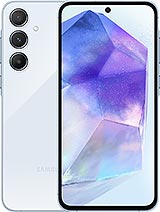
In places like the UK, the A55 costs the same as the Samsung Galaxy S23 FE, which isn’t a big deal. In the US, the A55 isn’t even available – “Buy the S23 FE,” Samsung says.
In Germany, things are a little different. Samsung.com sells the 8/128GB Galaxy S23 FE for 630 euros, while Amazon sells it for slightly cheaper at 605 euros. Even before you factor in promotional offers, both are significantly more expensive than the A55.
The A55 may have a slower chipset (Exynos 2200 on the FE), but it offers better battery life (active use score of 13:27 hours vs. 8:28 hours). The new A phone has an aluminum frame and comes with Victus+ on the front. Apart from the chipset, the only area where the A55 falls short is the zoom – it can’t cope with the S23 FE’s 8MP 3x camera.
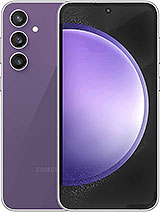
Regardless, the Galaxy A35 also comes with a free storage upgrade, which makes more sense since the 128GB model has 6GB of RAM, while the 256GB model has 8GB. Of course, there’s a microSD slot, so you can always add more storage, but you can’t add more RAM. As for the phone itself, it’s similar to last year’s A54.
It’s more malleable than the A55 (chassis and back, front is still Victus+), and you get the older but still good Exynos 1380. There are some other changes (such as a 13MP selfie camera instead of 32MP).
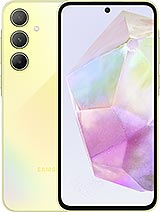
Prices for Nothing Phone (2) are slowly coming down, and the 12/256GB phone costs less than 550 euros, making it cheaper than the Galaxy S23 FE. The Snapdragon 8+ Gen 1 is more efficient than the Exynos 2200, and you get an LTPO display – 6.7-inch 120Hz with FHD+ resolution and 10-bit color.
Plus a 50MP ultra-wide angle instead of 12MP, but no telephoto camera. Also, the dust and water resistance rating is basic IP54, but that should be good enough for most situations. The 4,700mAh battery supports 45W wired and 15W wireless charging, but battery life is miles ahead (14:21 hours of active use score vs 8:28 hours).
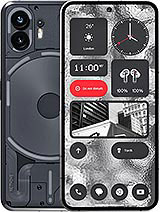
The Realme 11 Pro may look premium with its curved display, but it’s essentially a mid-range product. Now on sale for 240 euros, it’s great value for money. It combines a 6.7-inch 120Hz FHD+ display (10-bit color) with Dimensity 7050 to offer good performance and 5G connectivity. It has a 100MP main camera with OIS and a pretty decent 2x in-sensor zoom (no ultra-wide angle, though). Battery life is solid (13:14 hours of active use score), and the 5,000mAh battery fully charges in 47 minutes.

For about the same cash, you can buy the Redmi Note 13. It has a comparable display along with a 108MP main camera and an 8MP ultra-wide-angle camera. The 2x in-sensor zoom isn’t great, but the 3x option is pretty solid (a result of the Nonapixel array on the ISOCELL HM6).
However, there’s no optical image stabilization on the main camera, and the battery is even worse – the same 5,000mAh capacity only managed an active usage score of 9:49. The 33W charging speed is slower, taking 76 minutes to fully charge. Finally, the Dimensity 6080 chipset in Redmi is only slower than the 7050 in Realme.
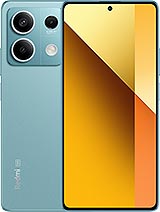
Have you ever wanted to try VR but were worried it would be a huge investment? The price of Meta Quest 2 is down to 250 euros, so now might be the time to give it a try. The Quest 3 improves resolution and adds color pass-through, but it’s more than double the price, so it’s less recommended for first-time users.

We may earn a commission from qualifying sales.